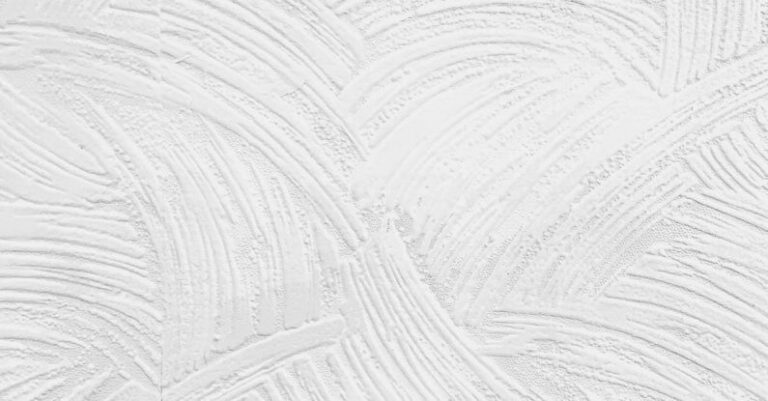How to Infuse Minimalism into Your Catalog Design?
Creating a catalog that resonates with minimalist design principles can elevate your brand’s aesthetic appeal and convey a sense of sophistication and simplicity. Minimalism in catalog design is all about focusing on essential elements, decluttering unnecessary details, and embracing clean, uncluttered layouts. By infusing minimalism into your catalog design, you can create a visually appealing and user-friendly experience for your customers. Here are some tips on how to achieve minimalism in your catalog design effectively.
Embrace White Space
White space, also known as negative space, plays a crucial role in minimalist design. It allows elements on the page to breathe and creates a sense of balance and harmony. Embracing white space in your catalog design can help draw attention to key products or information, making them stand out more effectively. Avoid overcrowding your pages with too many elements and give each item or section ample space to shine.
Simplify Your Layout
Simplicity is key to minimalist design. When designing your catalog, aim for a clean and straightforward layout that guides the viewer’s eye smoothly from one section to another. Use a grid system to align elements neatly and maintain consistency throughout the catalog. Opt for a limited color palette and choose fonts that are easy to read to maintain a cohesive look.
Focus on High-Quality Imagery
High-quality imagery can significantly impact the overall look and feel of your catalog. When selecting images for your catalog, opt for high-resolution photos that are visually appealing and relevant to your products. Ensure that the images complement the minimalist design aesthetic by avoiding cluttered or busy backgrounds. Consistent image styling can also help create a cohesive and professional look across your catalog.
Use Minimalist Typography
Typography plays a vital role in conveying information and setting the tone for your catalog. When selecting fonts for your catalog, opt for clean and minimalist typefaces that are easy to read. Stick to a limited number of font styles to maintain consistency and create a cohesive visual hierarchy. Experiment with font sizes, weights, and spacing to create a visually pleasing layout that guides the reader through the catalog effortlessly.
Focus on Essential Information
In minimalist design, less is often more. Focus on including essential information that is relevant and valuable to your customers. Streamline product descriptions, pricing details, and other textual content to keep the catalog clutter-free. Use bullet points, short sentences, and concise language to convey information efficiently. Prioritize the most critical details and avoid overwhelming the reader with unnecessary text.
Create a Visual Hierarchy
Establishing a clear visual hierarchy in your catalog design can help guide the viewer’s attention and highlight key elements effectively. Use size, color, contrast, and spacing to create a hierarchy that directs the reader’s eye through the catalog in a logical and intuitive manner. Ensure that important information, such as product names or pricing, is easily identifiable and stands out from other elements on the page.
Incorporate Minimalist Design Elements
Incorporating minimalist design elements, such as simple shapes, clean lines, and subtle textures, can enhance the overall aesthetic of your catalog. Consider using minimalistic icons or graphics to break up sections and add visual interest without overwhelming the design. Experiment with negative space, geometric patterns, and minimalistic illustrations to create a modern and sophisticated look that aligns with your brand’s identity.
Opt for Sustainable Materials
Consider the environmental impact of your catalog design by opting for sustainable materials and printing processes. Choose recycled or FSC-certified paper for your catalog to reduce your carbon footprint and minimize waste. Explore digital catalog options as an eco-friendly alternative to traditional print catalogs, reducing paper usage and transportation emissions. By incorporating sustainability into your catalog design, you can appeal to environmentally conscious consumers and showcase your brand’s commitment to responsible practices.
Incorporate Interactive Features
Consider incorporating interactive features into your catalog design to enhance the user experience and engage your audience. Interactive elements such as clickable links, product videos, or 360-degree views can provide additional value to customers and encourage them to explore your products further. Interactive catalogs also allow for seamless navigation and customization, creating a more personalized and immersive shopping experience for users.
Embracing minimalism in your catalog design can help you create a visually appealing and engaging experience for your customers. By focusing on essential elements, simplifying your layout, and incorporating minimalist design principles, you can elevate your brand’s aesthetic appeal and stand out in a crowded market. With a thoughtful approach to design and a commitment to simplicity, you can create a catalog that not only showcases your products effectively but also resonates with your target audience on a deeper level.






